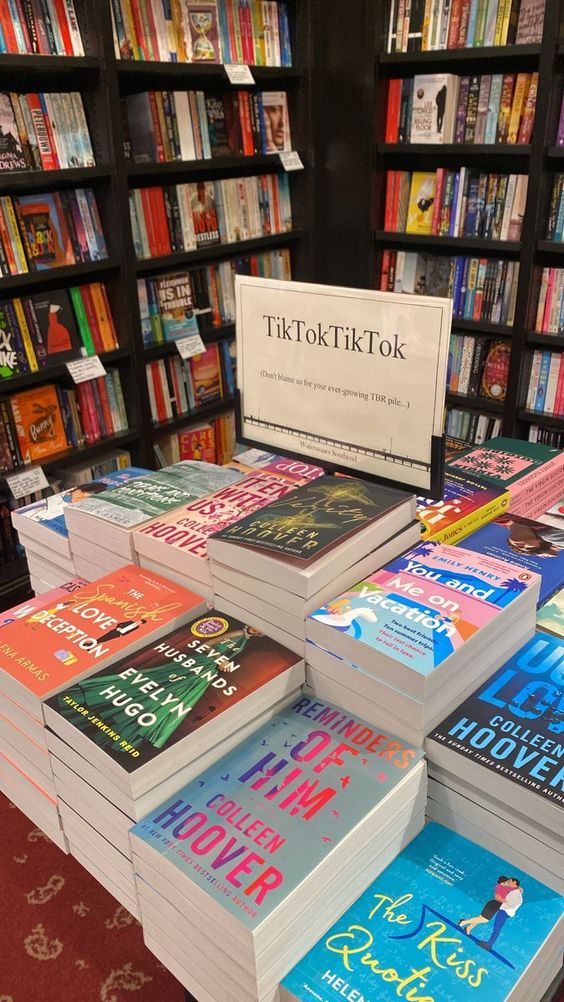Types of Book Bindings #WhatKavyaKnows
Hi TCB Fam,
Welcome to #WhatKavyaKnows a series where I share my book knowledge. I have written two more articles on All About Books and Types of Book Genres you can check that out after this article.
Today I am going to tell you about different types of book bindings. There are 11 types of binding, they are:
- Hardcover Binding
- Paperback Binding
- Trade Paperback Binding
- Mass Market Paperback Binding
- Jacketed Hardcover
- Case Bound
- SmythSewn Binding
- Spiral Binding
- Saddle Stitch Binding
- Coptic Binding
3.
Trade Paperback: This type of cover is
larger than a regular paperback and often has a thicker cover. Trade paperback
books are often used for non-fiction books, graphic novels, or memoirs.
4.
Mass Market Paperback: This type of cover
is small, lightweight, and inexpensive. Mass market paperbacks are often used
for popular fiction books and are sold in mass quantities.
5.
Jacketed Hardcover: This type of cover is
a hardcover book with a removable paper jacket that serves as the cover
art. Jacketed hardcovers are often used for bestsellers and special editions.
6.
Case Bound: This type of cover is similar
to a hardcover but has a printed cover that is directly attached to the book's
spine. Case-bound books are often used for journals, notebooks, or yearbooks.
7.
Smyth Sewn Binding: This is a binding
method where the book's pages are folded into small groups called
signatures. These signatures are then sewn together using thread. The thread is
attached to the cover of the book, creating a durable and strong binding.
8.
Spiral Binding: This is a binding method
where a plastic or metal coil is used to bind the pages of the book together.
The coil is threaded through small holes punched along the edge of the pages.
9.
Saddle Stitch Binding: This is a binding
method where the pages of the book are folded in half and stapled along the
spine. This binding method is often used for magazines, pamphlets, and other
small publications.
10.
Coptic Binding: This is a binding method
that has been used since ancient times. The book's pages are sewn together
and then attached to a cover made of leather or another sturdy material. This
binding method allows the book to lie flat when opened, making it ideal for
sketchbooks and journals.
Now let's talk about the types of readers:
Casual Reader: This type of reader reads for pleasure and relaxation, often reading popular fiction or non-fiction books that are easy to read and do not require a lot of effort to understand.
Academic Reader: This type of reader reads for research and study purposes, often reading textbooks, research papers, and other academic literature. They may take detailed notes and highlight important passages for later reference.
Speed Reader: This type of reader is able to read quickly and efficiently, often using techniques such as skimming and scanning to read large volumes of material in a short amount of time.
Visual Reader: This type of reader prefers books with lots of images and graphics, and may struggle to read lengthy passages of text without visual aids.
Analytical Reader: This type of reader enjoys analyzing and interpreting texts, often reading between the lines to uncover hidden meanings and themes.
Reluctant Reader: This type of reader may struggle with reading, either due to learning difficulties or a lack of interest in reading. They may benefit from reading materials that are designed to be more accessible or engaging, such as graphic novels or audiobooks.
Digital Reader: This type of reader prefers reading on electronic devices such as e-readers, tablets, or smartphones. They may appreciate the convenience of being able to carry a large library of books with them wherever they go, and the ability to adjust font sizes and other reading settings to suit their preferences.
Thank you!
Have a Happy Tuesday Evening!





Informative!! Enjoyed reading it.
ReplyDeleteThank you Nanda for you support❤️
Delete